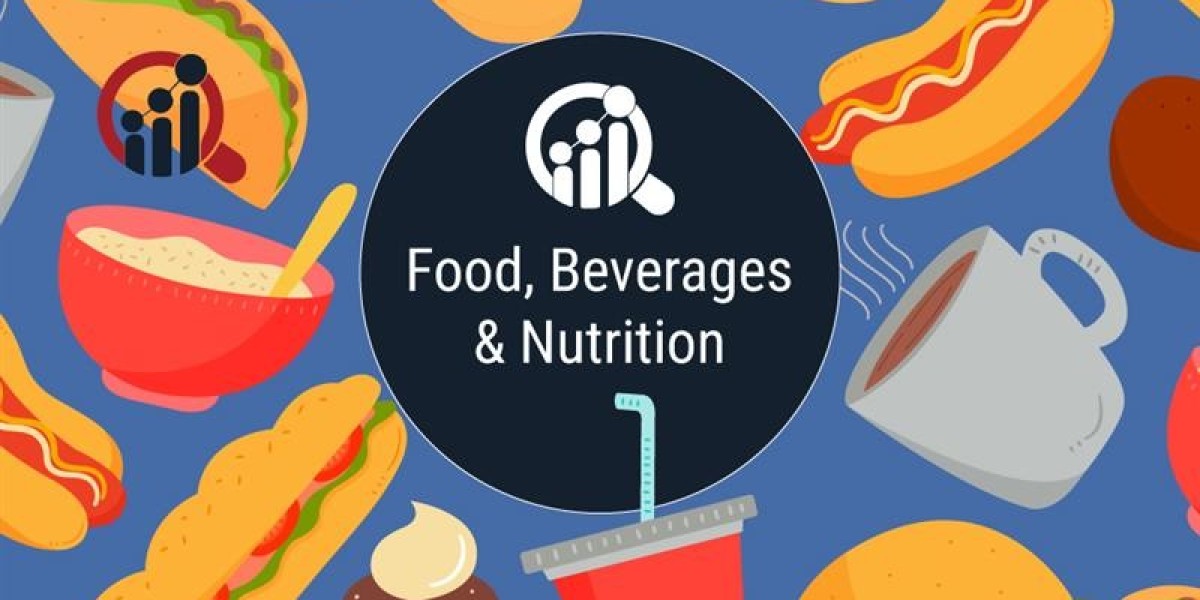Power-to-gas applications - PtG injects hydrogen or synthetic methane into gas networks, supporting seasonal storage and decarbonization of gas grids. Regulatory accommodations and blending limits determine practical deployment rates.
Power-to-Gas (PtG) applications refer to the use of renewable electricity to produce gaseous energy carriers, primarily hydrogen (H2) and synthetic methane (CH4), for use in the existing natural gas infrastructure or for direct consumption. This segment of the Power-to-X Market is focused on leveraging the vast scale and storage capacity of the gas grid to support the energy transition.
The two main pathways for Power-to-gas applications are:
Power-to-Hydrogen (PtH): This involves direct injection of green hydrogen into the existing natural gas pipelines. The hydrogen is produced via water electrolysis using renewable electricity (Renewable hydrogen conversion). The blend limit for hydrogen in natural gas grids varies, but current infrastructure often restricts it to between 5% and 20% by volume.
Power-to-Methane (PtM): This is a two-step process: green hydrogen is produced, and then it reacts with captured carbon dioxide (CO2) in a methanation reactor to form synthetic natural gas (CH4). This synthetic methane is chemically identical to fossil natural gas and can be injected without blend restrictions.
Key Applications and Value Proposition:
Long-Duration and Seasonal Storage: The most critical role of PtG is as a large-scale, seasonal energy storage solution. The global natural gas network and underground storage facilities (like salt caverns and depleted gas fields) can store enormous amounts of energy for months, far exceeding the capacity of Battery Energy Storage Systems. This is crucial for bridging multi-week or seasonal gaps in renewable energy supply.
Grid Balancing: PtG offers a "sink" for otherwise curtailed or surplus renewable electricity. When the electric grid has an excess of wind or solar power, the electricity can be directed to electrolyzers to produce hydrogen, avoiding waste and smoothing the electricity supply.
Decarbonization of Heating and Industry: Hydrogen or synthetic methane can be combusted for low-carbon heat in buildings and industrial processes, or used in highly efficient combined heat and power (CHP) plants, directly contributing to Energy sector decarbonization in sectors that are challenging to electrify.
Challenges and Market Reality:
The primary challenge for PtG is the low round-trip efficiency. Converting electricity to gas and potentially back to electricity involves energy losses, making it less efficient than direct electrical use or battery storage. Consequently, PtG is primarily viewed as a solution for large-scale flexibility and storage where direct electrification or battery use is impractical, such as:
Leveraging Existing Infrastructure: Utilizing the multi-trillion-dollar gas pipeline and storage infrastructure.
Decarbonizing Gas-Fired Power Plants: Blending green hydrogen into gas supply allows existing gas power plants to reduce their emissions.
The future of Power-to-gas applications is heavily dependent on regulatory mandates, particularly those that require a certain percentage of "green gas" in the pipeline. It is a fundamental component of the necessary sector coupling between the electricity and gas networks required for a deeply decarbonized energy system.
Power-to-Gas Applications
Q1: What is Power-to-Gas (PtG)?
Technology that converts excess renewable electricity into hydrogen or methane for storage, transport, or energy use.
Q2: Where is PtG applied?
Gas grids, industrial processes, hydrogen refueling stations, and energy storage systems.
Q3: Why is PtG important?
It enables large-scale renewable energy storage, reduces grid curtailment, and supports carbon-neutral fuel production.








